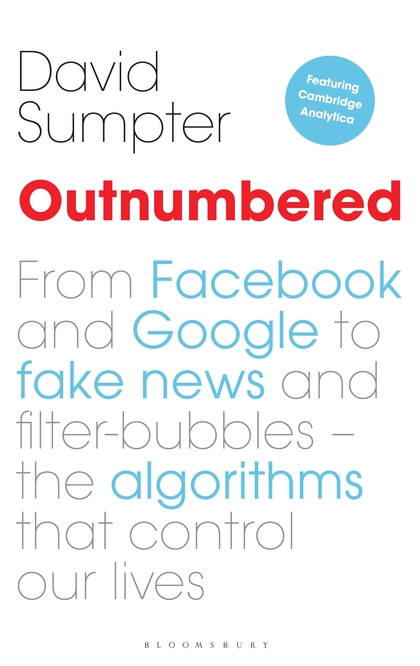
Gui Costin is the founder and CEO of Dakota, an investment services company, and this is his take on how to sell to millennials.
Millennials Are Not Aliens is a super fast read with lots of information for investment firms looking to better understand the millennial customer base, which makes up over 30% of the world’s population.
Let me give you another stat. Millennials are the under 40s, there are about 2.5 billion in this demographic, and they are projected to control $24 trillion of the world’s wealth by 2020. This is a tech-driven generation whose buying habits are different than GenX or Baby Boomers. These are not the kids in college, ok well some still are, but really these are the 22-37 year olds who are running companies and working in management positions now.
If you’re running an investment firm then Gui’s book is a quick look at the changes happening in this industry, the considerations you need to have for today’s buyer, and how to operate in the content economy.
Great quick read. If you’re knowledgeable about digital then this might be a pass, but if you’re running a firm and sending emails with PDF attachments and have no video strategy and a lame website with limited copy then … well get on it.
